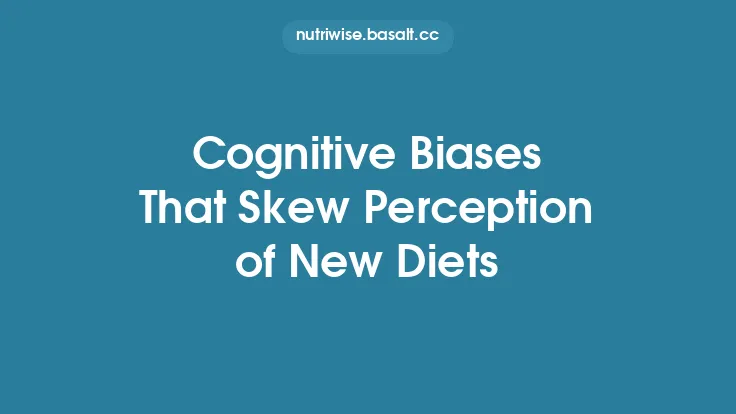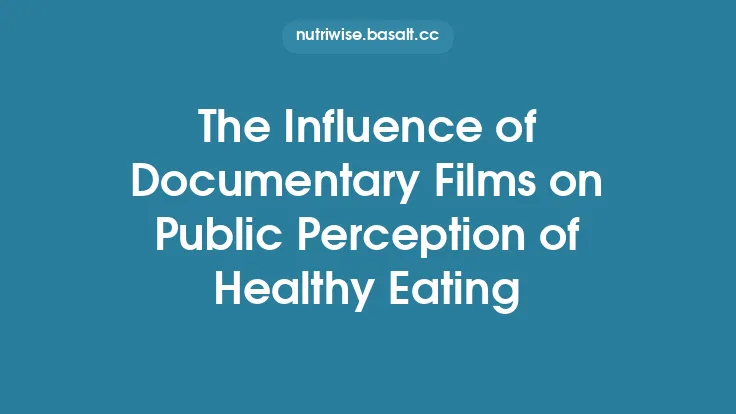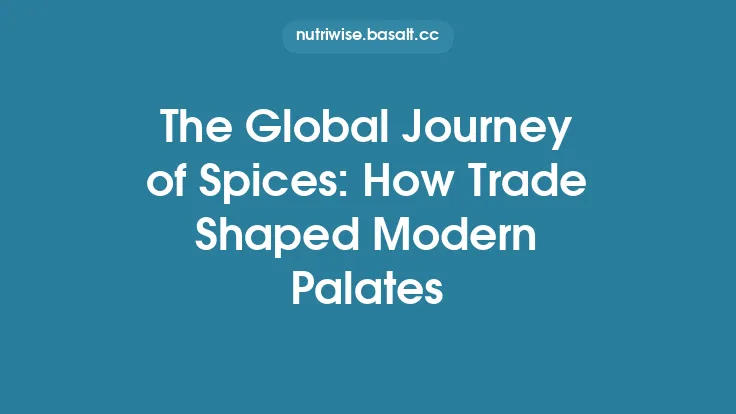The way we judge whether a food is “good for us” is rarely a simple calculation of calories, vitamins, or protein content. Across centuries and continents, cultural belief systems have woven intricate narratives around certain ingredients, assigning them qualities such as “warming,” “purifying,” or “strength‑enhancing.” These narratives act as lenses through which communities interpret the healthfulness of foods, often guiding dietary choices long before the advent of modern nutrition science. Understanding the roots of these beliefs reveals why some foods are universally celebrated as healthful in certain societies while being overlooked or even avoided in others.
Historical Foundations of Health‑Related Food Beliefs
Long before laboratory analyses, societies relied on observation, trial‑and‑error, and philosophical frameworks to make sense of the relationship between diet and well‑being. Early medical texts—from Hippocrates’ “Let food be thy medicine” to the ancient Indian Charaka Samhita—documented systematic attempts to categorize foods according to their perceived effects on the body. These classifications were not arbitrary; they emerged from patterns observed in seasonal illnesses, agricultural cycles, and the outcomes of communal feasting. Over time, such observations solidified into cultural doctrines that continue to shape contemporary perceptions of healthful foods.
The Humoral Paradigm and Its Impact on Food Perception
In Greco‑Roman and later medieval European thought, the humoral theory dominated medical understanding. The body was thought to contain four humors—blood, phlegm, yellow bile, and black bile—each associated with qualities of hot, cold, wet, and dry. Foods were likewise assigned these qualities, and a balanced diet was believed to maintain humoral equilibrium.
- Hot and dry foods (e.g., pepper, garlic) were thought to stimulate metabolism and were prescribed for “cold” ailments.
- Cold and wet foods (e.g., cucumbers, melons) were recommended to counteract “heat” conditions such as fevers.
Even though modern physiology has discarded humoral theory, its legacy persists. In many Mediterranean and Middle Eastern cultures, the notion of “warming” foods for winter or “cooling” foods for summer remains a practical guide for selecting what is considered healthful at a given time.
Ayurvedic Classifications and Modern Nutritional Correlates
Ayurveda, the traditional system of medicine from the Indian subcontinent, expands on the humoral concept with a more nuanced tri‑dosha model: Vata (air‑space), Pitta (fire‑water), and Kapha (earth‑water). Each dosha has distinct dietary recommendations:
- Vata‑balancing foods are warm, moist, and grounding (e.g., cooked grains, ghee).
- Pitta‑balancing foods are cooling and slightly sweet (e.g., coconut, cilantro).
- Kapha‑balancing foods are light, dry, and pungent (e.g., legumes, ginger).
Modern nutritional science finds intriguing parallels. For instance, the emphasis on ginger for Kapha aligns with its thermogenic properties that can modestly increase metabolic rate. Similarly, the recommendation of ghee for Vata resonates with its high‑quality saturated fats, which provide sustained energy and support lipid‑soluble vitamin absorption—critical for individuals with high metabolic turnover.
Traditional Chinese Medicine: Yin, Yang, and Food Energetics
Traditional Chinese Medicine (TCM) frames food in terms of yin (cooling) and yang (warming) energies, further refined by the Five Elements (Wood, Fire, Earth, Metal, Water). Each element corresponds to organ systems and seasonal cycles, dictating which foods are deemed healthful at specific times:
- Yin‑rich foods (e.g., tofu, pears) are recommended during hot, yang‑dominant periods to prevent overheating.
- Yang‑rich foods (e.g., lamb, cinnamon) are favored in cold, yin‑dominant seasons to bolster warmth.
Scientific investigations have identified bioactive compounds that support these traditional claims. For example, the polyphenols in green tea (a yin food) exhibit antioxidant activity that can mitigate oxidative stress, a condition often exacerbated by heat‑related metabolic strain.
Indigenous and Tribal Perspectives on Food as Healing
Across the globe, Indigenous peoples have cultivated food‑based healing practices rooted in deep ecological knowledge. In many Native American traditions, the “Three Sisters” (corn, beans, squash) are celebrated not only for their nutritional complementarity but also for their symbolic representation of balance and reciprocity. Similarly, the Māori concept of *rongoā* (traditional medicine) includes specific plants—such as kawakawa and harakeke—valued for their anti‑inflammatory and wound‑healing properties.
These belief systems often emphasize the relational aspect of food: the health of the individual is intertwined with the health of the land, the community, and the spiritual realm. While the spiritual dimension may fall outside purely scientific analysis, the empirical observations—such as the antimicrobial activity of kawakawa leaf extracts—provide a bridge between cultural belief and measurable health benefit.
Seasonal and Geographic Determinants in Healthful Food Beliefs
Cultural narratives about healthful foods are frequently anchored to the local climate and agricultural calendar. In temperate regions, root vegetables like carrots and turnips are traditionally viewed as “strengthening” during winter months, a belief that aligns with their high carbohydrate content and ability to provide sustained energy when fresh produce is scarce. Conversely, tropical cultures often prioritize fresh fruits and leafy greens year‑round, reflecting the abundant availability of vitamin‑rich foods.
These seasonal prescriptions are not merely symbolic; they serve adaptive functions. Consuming calorie‑dense foods during periods of limited sunlight helps maintain body temperature and energy reserves, while lighter, water‑rich foods during hot seasons aid hydration and thermoregulation.
Transmission of Healthful Food Beliefs Across Generations
The perpetuation of dietary beliefs occurs through family rituals, communal celebrations, and formal education. Oral storytelling, for instance, embeds healthful food narratives within myths and proverbs—“A bowl of miso keeps the doctor away” in Japan, or “A spoonful of honey cures a sore throat” in many African societies. Such sayings reinforce the perceived efficacy of certain foods, creating a cultural feedback loop that influences both individual choices and collective health outcomes.
Anthropological studies have shown that these transmitted beliefs can be remarkably resilient, persisting even after migration and exposure to new food environments. However, they are also dynamic; diaspora communities often blend traditional healthful food concepts with host‑country nutrition knowledge, resulting in hybrid dietary practices.
Scientific Validation and Reinterpretation of Traditional Claims
Modern research increasingly investigates the biochemical basis of long‑standing food beliefs. Several examples illustrate this convergence:
- Turmeric (Curcuma longa): Traditionally hailed in Ayurvedic practice as a “rasayana” (rejuvenator), contemporary studies confirm curcumin’s anti‑inflammatory and antioxidant properties, supporting its role in chronic disease prevention.
- Garlic (Allium sativum): Regarded across cultures as a “strengthening” food, garlic’s allicin has been shown to modestly lower blood pressure and improve lipid profiles.
- Fermented foods (e.g., kimchi, kefir): Many cultures view fermentation as a method to “enhance vitality.” Scientific evidence now links these foods to gut microbiome diversity and immune modulation.
While not all traditional claims withstand rigorous testing, the process of validation often refines the original belief, translating it into a language that resonates with contemporary health discourse.
Implications for Contemporary Public Health Messaging
Recognizing the deep‑rooted nature of cultural food beliefs is essential for designing effective nutrition interventions. Public health campaigns that merely present nutrient data without acknowledging existing cultural frameworks risk alienating target audiences. Instead, integrating culturally resonant concepts—such as framing leafy greens as “cooling” foods in hot climates—can enhance receptivity.
Moreover, leveraging validated traditional foods as entry points for dietary improvement can bridge the gap between scientific recommendations and cultural acceptance. For example, promoting the inclusion of turmeric in everyday cooking aligns with both Ayurvedic tradition and evidence‑based anti‑inflammatory strategies.
Conclusion
Cultural belief systems act as powerful interpretive lenses, shaping how societies define and pursue healthful eating. From humoral balances and doshic alignments to Indigenous healing practices and seasonal wisdom, these narratives provide context, meaning, and practical guidance that extend far beyond the biochemical composition of food. While modern nutrition science offers precise metrics, it is most effective when it dialogues with, rather than dismisses, the rich tapestry of cultural food beliefs that have guided human diets for millennia. By honoring this interplay, we can foster dietary patterns that are both scientifically sound and culturally resonant, ultimately supporting healthier communities worldwide.





